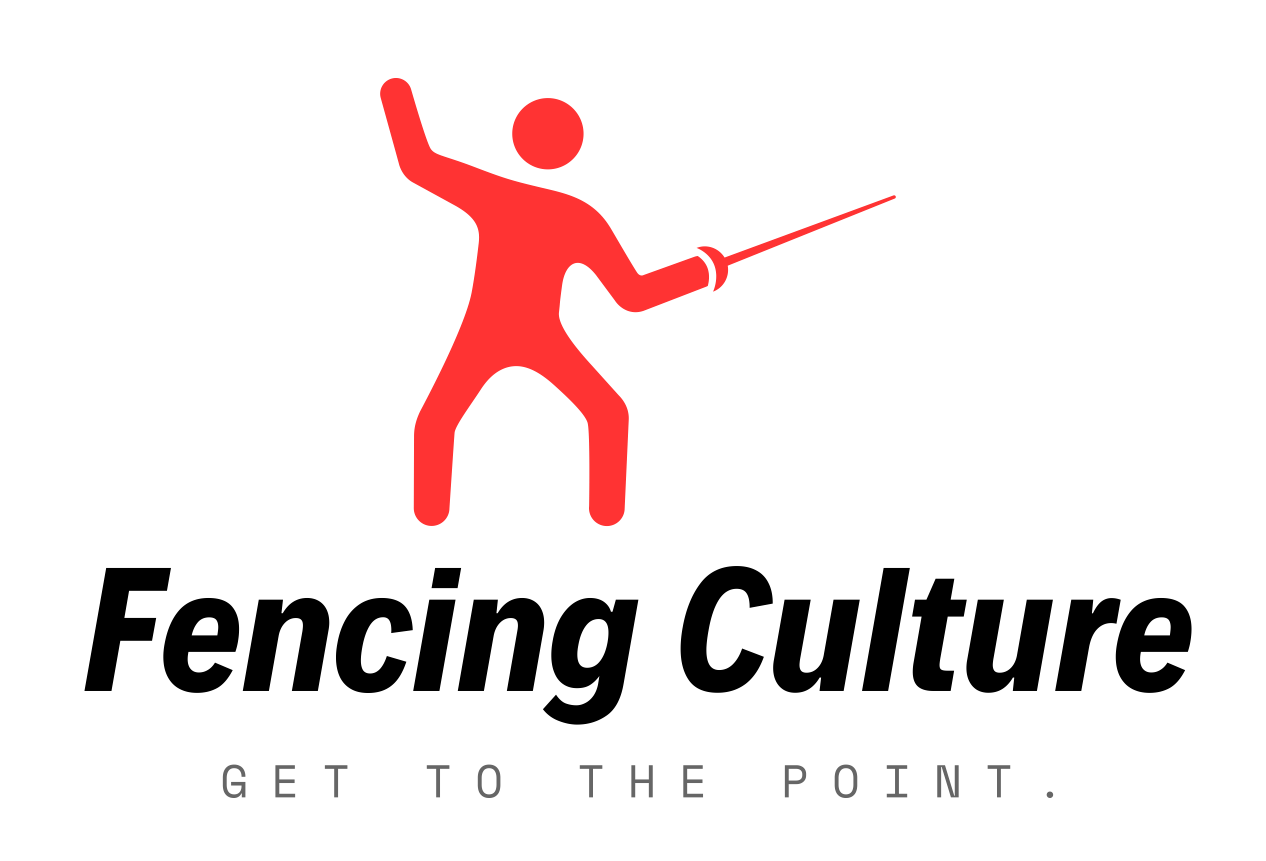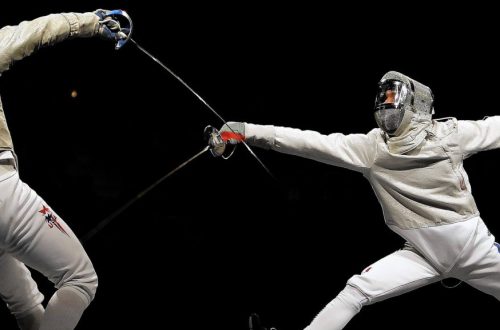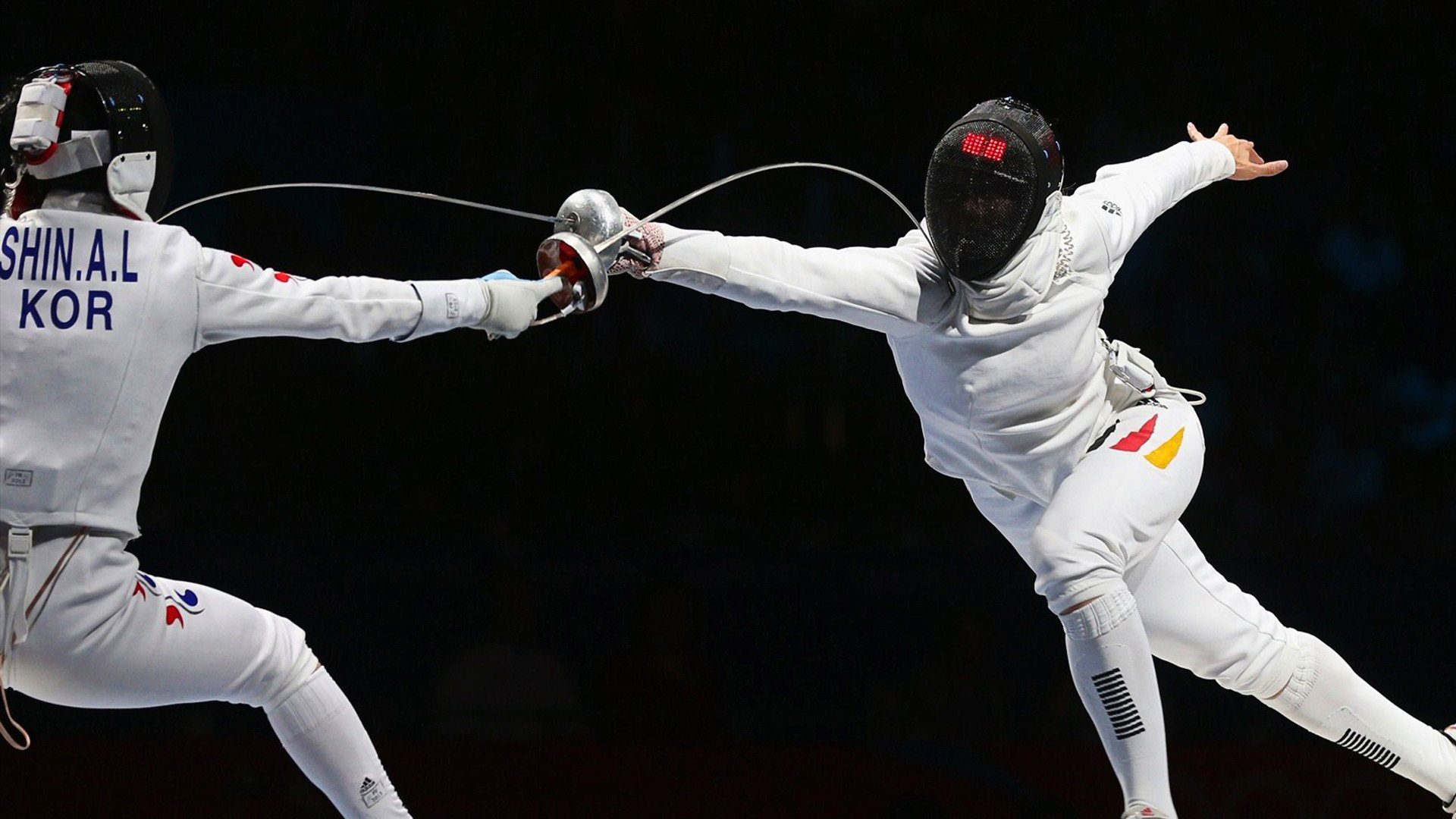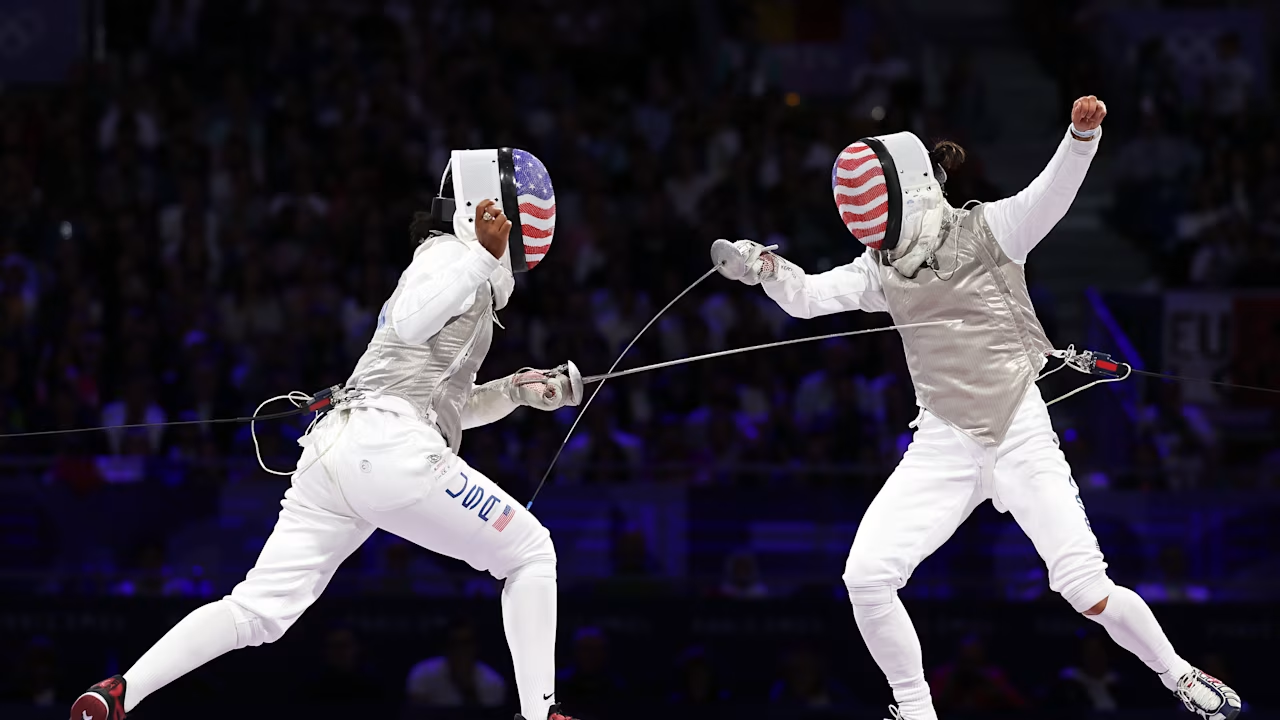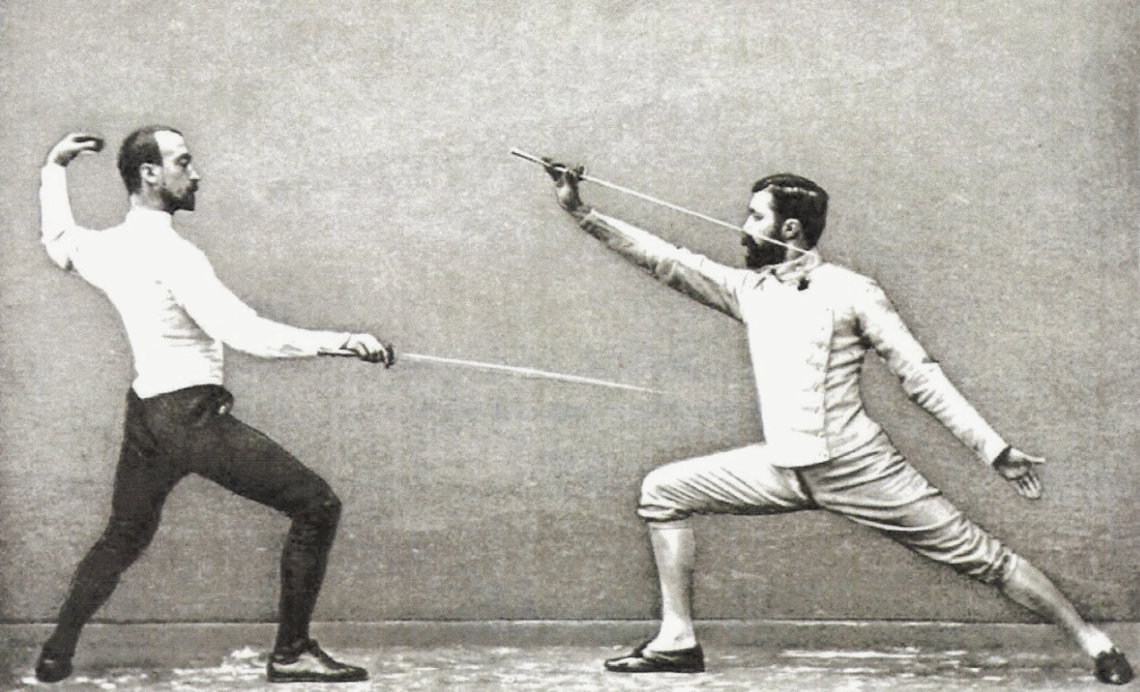
History of Fencing
From Ancient Combat to Modern Sport: A History of Fencing
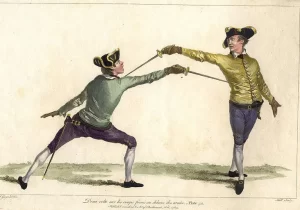 Fencing, a sport celebrated for its elegance and strategic depth, boasts a history as sharp and dynamic as the blades wielded by its practitioners. From ancient warfare to the modern Olympic arena, the art of swordsmanship has undergone a fascinating evolution.
Fencing, a sport celebrated for its elegance and strategic depth, boasts a history as sharp and dynamic as the blades wielded by its practitioners. From ancient warfare to the modern Olympic arena, the art of swordsmanship has undergone a fascinating evolution.
Early Roots in Combat and Dueling:
The origins of fencing can be traced back to ancient civilizations. Evidence of formalized sword fighting exists in ancient Egypt as early as 1190 BC, depicted in temple reliefs showing bouts with covered tips. Ancient Greece also saw the development of swordsmanship as both a military skill and a form of exercise.
As civilizations evolved, so did the use of swords. During the Middle Ages, swordsmanship was a crucial martial art, with various schools and techniques emerging across Europe. The rise of dueling in the Renaissance further refined swordplay, emphasizing precision and strategy over brute force.
The Birth of Modern Fencing:
The transformation of fencing from combat to a sport began in the 14th and 15th centuries in both Germany and Italy. German fencing masters formed guilds, most notably the Marxbrueder, establishing early rules and techniques. Simultaneously, Italian masters focused on the more dexterous use of the point of the sword.
The 17th and 18th centuries were pivotal in shaping modern fencing. The development of lighter, more maneuverable weapons like the foil in France, with its blunted tip for safer practice, was a significant step. The introduction of the wire mesh mask in the late 18th century revolutionized the sport, allowing for more dynamic and direct attacks and parries.
The Three Weapons Emerge:
Over time, three distinct weapons evolved, each with its own rules and target areas:
- Foil: Developed as a training weapon, the foil is a light thrusting weapon targeting the torso. It emphasizes precision and the concept of “right-of-way,” a set of rules determining which fencer has the priority to score a touch.
- Épée: Descended from the dueling sword, the épée is a heavier thrusting weapon where the entire body is a valid target. There is no “right-of-way” in épée, and double touches (both fencers hitting simultaneously) are possible.
- Sabre: Derived from military cavalry swords, the sabre is a light cutting and thrusting weapon. The target area includes the head, torso above the waist, and arms. Sabre is known for its speed and dynamic movements, also incorporating a “right-of-way” system.
Fencing as a Modern Sport:
The late 19th century saw the formalization of fencing as a competitive sport. The first regularized fencing competition was held in London in 1880. Fencing was also included in the first modern Olympic Games in Athens in 1896, and it has been a permanent fixture ever since.
The 20th and 21st centuries have seen advancements in equipment and scoring technology, with electronic scoring systems becoming standard. Fencing continues to be a globally recognized sport, demanding a unique blend of physical agility, tactical thinking, and mental focus.
From its deadly origins to its refined modern form, the history of fencing is a testament to the enduring human fascination with skill, strategy, and the art of the blade. It stands as a living link to our past, while continuously evolving as a dynamic and engaging sport for the future.

